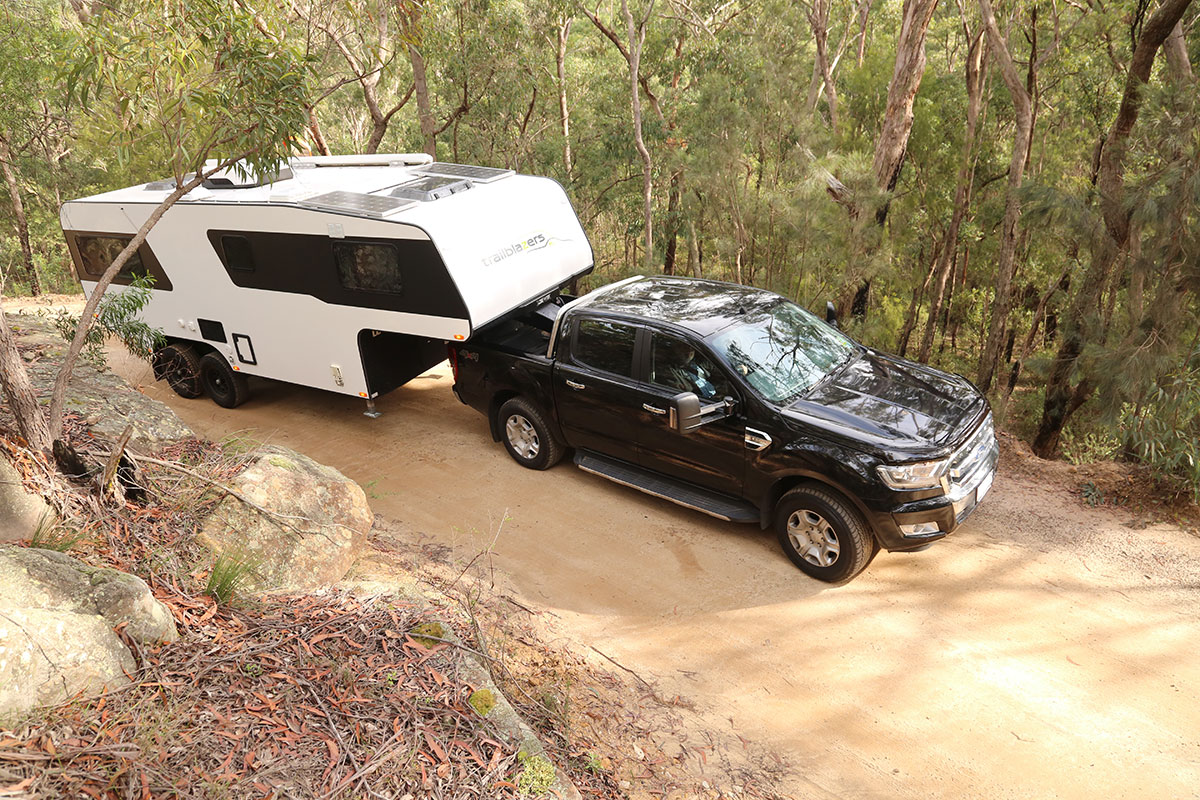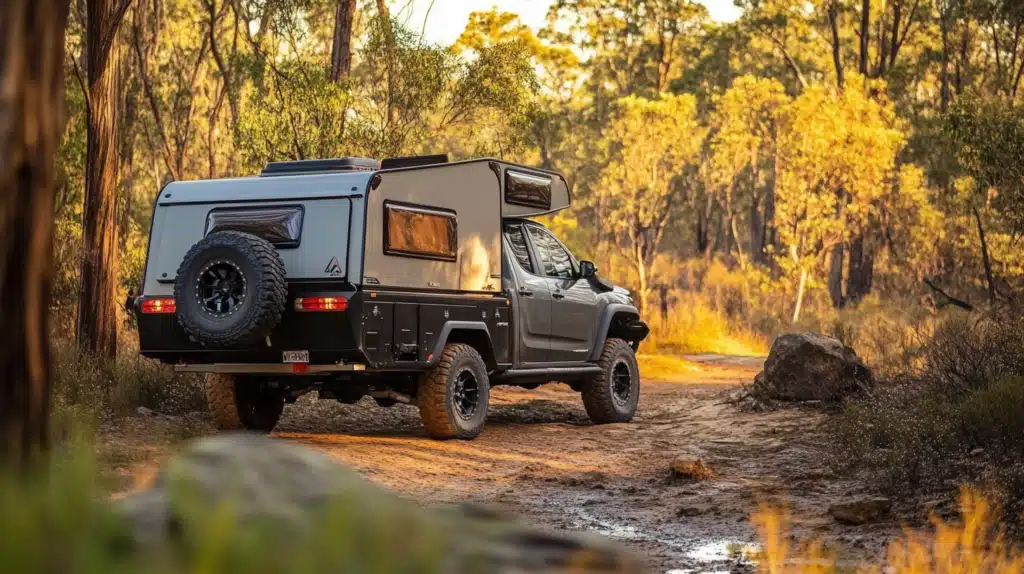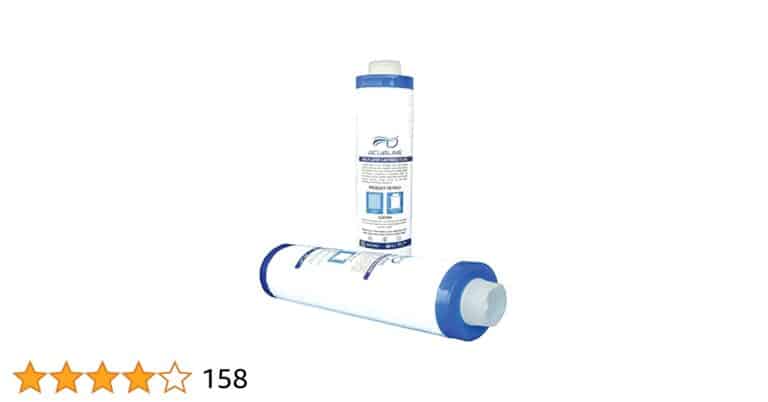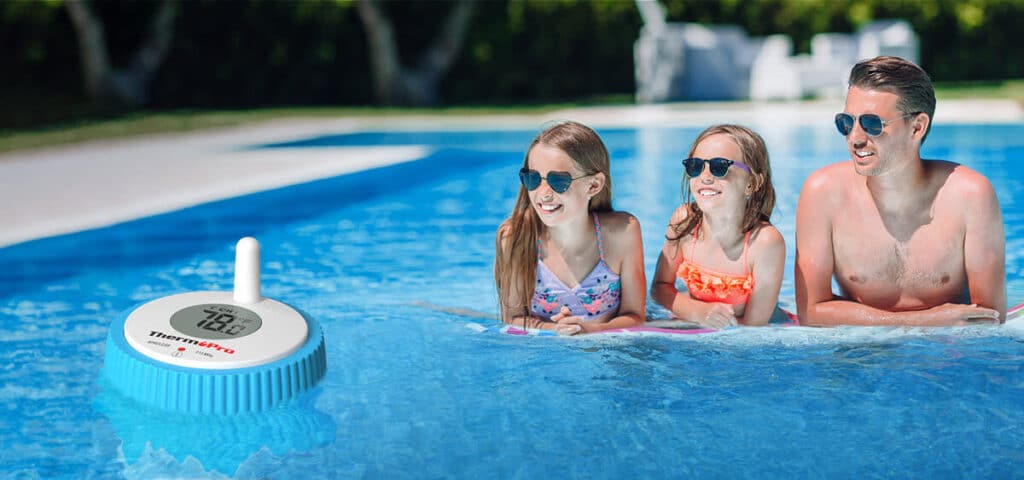When it comes to travelling off the beaten track, not all caravans are created equal. While some may be marketed as “off-road,” only a true off-road caravan is engineered to handle rugged terrain, unpredictable conditions, and long-distance isolation.
Whether you’re planning an epic journey through the Australian outback or exploring remote coastal tracks, understanding what makes a caravan truly the best off road carvan can make all the difference to your safety, comfort, and experience.
Built for Tough Terrain
The most important characteristic of an off-road caravan is its ability to handle harsh and uneven terrain. This starts with a strong chassis, often constructed with high-tensile steel and reinforced welding.
A robust chassis provides the foundational strength needed to absorb the impacts of corrugated roads, potholes, river crossings, and rocky surfaces. Look for features like hot-dip galvanising or protective coatings to shield the undercarriage from rust, stones, and water damage.
Another crucial component is the suspension system. Off-road caravans typically feature independent suspension with heavy-duty coil springs and dual shock absorbers. This allows each wheel to move independently over obstacles, improving traction, reducing sway, and protecting the interior from jarring movements.
Off-Road Wheels and Tyres
Standard road tyres won’t cut it on bush tracks or desert crossings. Off-road caravans come fitted with all-terrain tyres and reinforced rims designed to withstand sharp rocks, sand, and mud. The wheels should also offer enough clearance to avoid scraping on uneven ground. Additionally, a reliable spare tyre—sometimes even two—is a must when heading into remote locations.
Ground Clearance and Departure Angles

Off-road caravans need increased ground clearance to tackle ruts, dips, and uneven trails. This is achieved not just through suspension, but also through clever design that reduces low-hanging elements like plumbing or storage tanks. A good departure angle—how steep the rear of the caravan can rise without hitting the ground—is also vital when navigating hills and creek crossings.
Exterior Strength and Protection
Off-road environments can be brutal, so an off-road caravan needs to be built like a tank. High-quality off-road caravans typically use aluminium or composite panels that are both lightweight and impact-resistant. Checker plate protection on lower sections can help shield the body from sticks, stones, and debris flung up from the track.
Windows, hatches, and vents should also be designed with durability in mind, with strong seals and dust-proofing to keep the interior clean and dry.
Independent Power and Water Systems
When you’re off-grid, you can’t rely on caravan parks or powered sites. That’s why off-road caravans are fitted with features for long-term self-sufficiency. This often includes large water tanks (sometimes up to 200L), dual or triple battery setups, solar panels, and inverters. The electrical system should be able to power lights, fridges, and small appliances without needing constant generator use.
Some models also include greywater storage and off-road plumbing setups to comply with camping regulations in national parks and conservation areas.
Interior Layout Built for the Journey
While ruggedness is important, comfort matters too—especially when travelling in remote regions. Off-road caravans are designed with space-efficient interiors that remain functional even after long hours on rough roads. Drawers and cupboards often have secure locking mechanisms to prevent them from opening during travel. Fixtures are typically fixed in place to prevent wear and tear.
Many off-road travellers also appreciate features like slide-out kitchens, external showers, or dual cooking options (gas and electric), especially when camping without amenities.
Off-Road Accessories and Recovery Gear
A truly off-road caravan doesn’t just survive in the bush—it thrives. This means having the right accessories onboard to support adventure. Things like reinforced recovery points, rear jerry can holders, stone guards, and roof racks all contribute to a more capable setup.
Some travellers also opt for water filtration systems, satellite communication devices, or upgraded brake controllers for safer towing in steep or remote areas.
Tested in Real Conditions
One of the hallmarks of a genuine off-road caravan is real-world testing. Brands like Lotus Caravans have built reputations on designing and testing their models in some of Australia’s toughest conditions. From desert crossings to alpine trails, these caravans are pushed to the limit before reaching the customer.
When shopping around, it’s worth asking where and how a caravan has been tested. Marketing terms like “semi-off-road” or “off-road ready” can be misleading—always look for evidence that the caravan has been designed for the environments you plan to explore.
Conclusion
An off-road caravan is more than a rugged look and a catchy label. It’s a purpose-built machine designed to handle Australia’s wildest landscapes while keeping you safe and comfortable. From the chassis to the suspension, from the tyres to the solar setup, each component plays a role in making your adventure possible.
Whether you’re a seasoned off-grid explorer or preparing for your first outback trek, knowing what makes a caravan truly off-road is key to choosing the right companion for the journey.
















